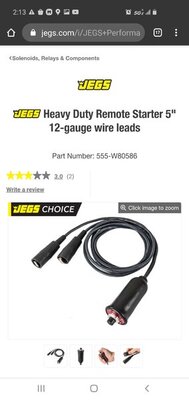Ronald Weishaar
Well-Known Member
They begin by marking Distributor housing to match each tower on the cap. Then bring #1 cylinder up on compression to align the timing marks on the engine to damper at TDC. They then adjusted #1 Int & Exh, Then turned the crank to match the rotor to #8 mark on the Distributor and adj. #8 cylinder Int & Exh until each Cylinder is adjusted in the correct firing order.


















